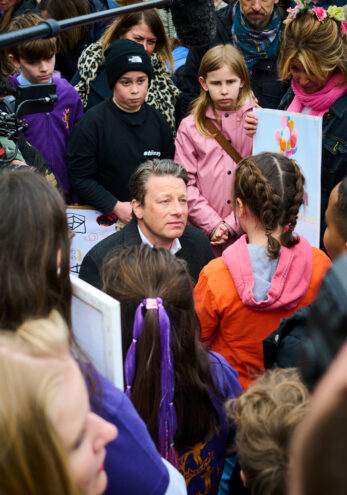Publisher
Routledge
ISBN 10
1529767504
Published
22 Jul 2022
It’s only in the past few years that psychology has played a much larger role in teaching and learning, despite many aspects of psychology relating directly to it. However, there has been a tendency to place psychology under the umbrella of cognitive science and to focus on aspects of memory rather than a much broader appreciation of multiple psychological approaches. This then results in plethora of books on cognitive load theory, direct instruction and other aspects related to the retention of information, often to the detriment of other important areas.
The Psychology of Great Teaching is different, in that it attempts, with varying degrees of success, to cover much of what psychology has been about for more than a century. The book’s subtitle, (Almost) Everything Teachers Ought to Know, is a tall order indeed, as is selecting what exactly teachers ought to know.
The authors have certainly selected a wide range of topics, broadly covering developmental, social, cognitive, and behavioural aspects of learning and teaching, divided neatly between four sections entitled, ‘I’, ‘Other’, ‘Learning,’ and ‘Behaviour.’ There’s also a useful preamble on psychological research, including observation, hypothesis testing, and the ever-present (and potentially over-hyped) replication crisis. There’s an awful lot to cover here, especially in what is essentially less than 300 pages, if we exclude the extensive reference section.
The breadth-depth payoff means there is little room for critical evaluation
It’s refreshing to see topics covered that are often neglected, certainly in secondary education. The section on attachment, for example, takes the reader on a whistle-stop tour of classic theories from Bowlby and Ainsworth to more contemporary research. Other areas covered within the ‘I’ section include nature-nurture, moral development, personality, and intelligence. I could list more, but there are simply too many, and I think this is a good example of the main weakness of what is essentially an excellent resource.
One of the joys of a book like this is the opportunity to discover or re-discover topics that haven’t managed to make much of an impression on contemporary educational thought. The section on Bronfenbrenner’s bio-ecological model, for example, is a refreshing addition, looking as it does at broader aspects of community teaching.
What The Psychology of Great Teaching does is sacrifice depth for breadth. Cognitive load theory, for example, is allocated only a couple of pages. This is fine if all you’re looking for is a very brief overview, but if your intention is to learn about cognitive load, there are better alternatives. This breadth-depth payoff also means there is little room for critical evaluation, and the closest the authors get to evaluating cognitive load theory is admitting that the theory is not without its problems, with little elaboration of what these problems are.
The danger here is that the reader assumes there are absolutes within psychology, a discipline renowned for having very few (although the authors do acknowledge this in some topics). For example, in the section on screen time and social media use, they do recognise the complexity of reaching definite conclusions. This criticism isn’t unique to The Psychology of Great Teaching, of course, and many similar books provide only shallow soundbites rather in-depth knowledge – ironic perhaps, in an educational system that appears to favour everything knowledge-rich.
It could be that in deciding what teachers ought to know, the assumption is that breadth is more important than depth. There is certainly an element of logic here, in that teachers can still successfully apply the basic tenets of cognitive load, attachment or personality without becoming overwhelmed by the detail.
Who, then, will find this book useful? It has many excellent qualities, such as the number of topics covered and useful ‘takeaway’ boxes that neatly summarise the main points and offer important advice, particularly in the section on bullying. The authors certainly provide just about enough information for real-world application.
What readers might find most useful, however, is the way the book can act as springboard for further inquiry. For these reasons, it is likely to appeal most to teachers in training and those at the beginning of their careers.













Your thoughts